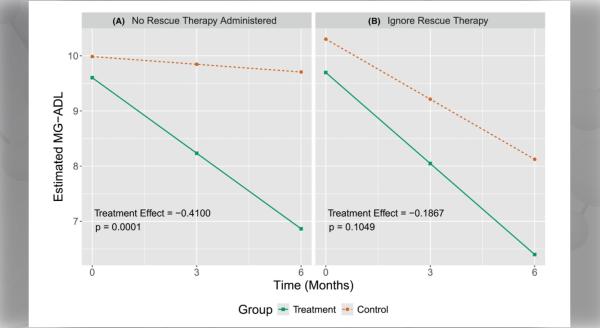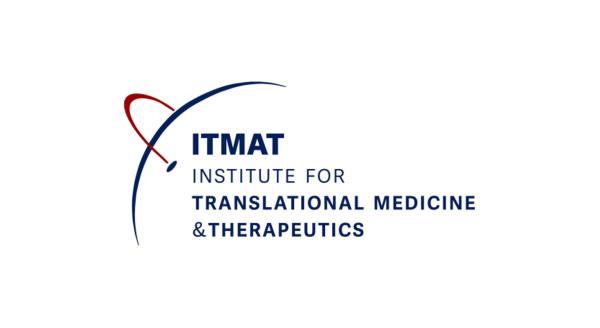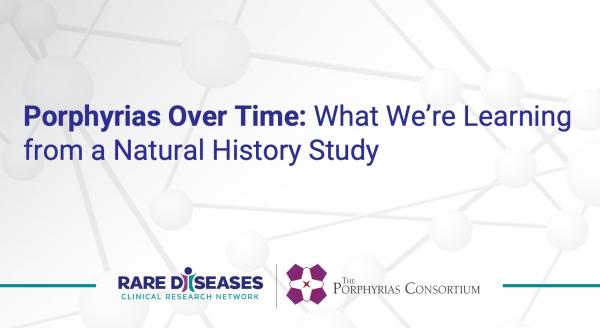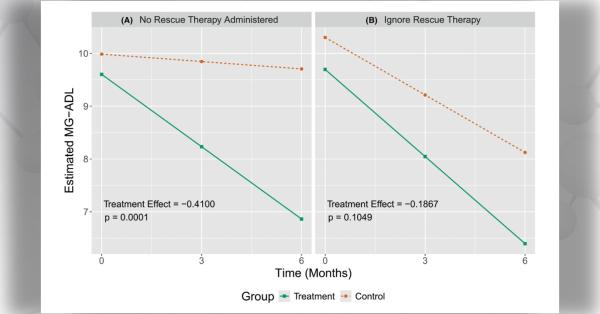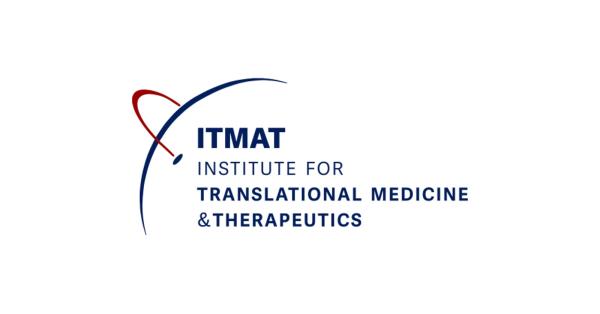The primary dystonias, where dystonia is a relatively isolated problem, have been suspected to have a genetic basis for more than 40 years. The vast majority of cases are sporadic and emerge in adults, but approximately 15% of cases have an affected family member. This frequency is far higher than expected by chance. There also are rare examples where multiple family members are affected, with a mode of inheritance that seems to be dominant, but with reduced penetrance. Although two genes had previously been identified for early-onset generalized dystonias, it has been very difficult to identify genes for the adult presentations, even though they are far more common.
Finding genes for rare disorders is challenging for several reasons. One obvious challenge is access to large enough numbers of patient samples. Well-powered Genome Wide Association Studies (GWAS) require at least 1000-2000 samples, and collecting this number at a single site is not feasible. Sharing samples across different collection sites often meets obstacles associated with variable quality of the specimen or supporting clinical data, variable criteria used when enrolling subjects, and consent forms that unnecessarily restrict sharing of materials.
The Dystonia Coalition (DC) has addressed these obstacles by establishing a DNA Biorepository that parallels a Natural History study, where 23 centers in North America and Europe collect clinical data with uniform protocols that permit sharing, and they send a blood sample for extraction and validation of DNA samples in a centralized laboratory in the NINDS Biorepository at Coriell. In two years, the DC Biorepository has accumulated 1,029 samples.
With support from the DC, we identified the first gene responsible for adult-onset cervical dystonia last year. This is the most common of the adult-onset focal dystonias. Affected patients have uncontrolled neck muscle spasms that cause neck pain and twist the head into abnormal positions, often with a jerky tremor. We used whole-exome sequencing in a large family where multiple members were affected to identify a sequence variant in the CIZ1 gene, which encodes a Cip1-interacting zinc finger protein. We then performed a case-control study of DNA specimens and found two additional sequence variants in the same gene. The protein product is expressed in brain regions that control motor functions and plays a known role in DNA replication.
Since our report of the CIZ1 gene, we and others affiliated with the DC have used a similar approach involving exome sequencing of specific families to identify three more candidate genes for adult-onset focal dystonias: ANO3, GNAL, and TUBB4a. The first two also cause cervical dystonia, while the last causes laryngeal dystonia. The discoveries of these new genes may translate into a useful diagnostic tool in the near future and open up new avenues of investigation to understand the pathogenesis of adult-onset focal dystonias.
However, the significance of these genes for the broader population of patients with dystonia depends on how frequently each is found in other families and in more common sporadic cases. Investing resources to further study a gene that causes dystonia in many families or sporadic cases has broader utility than a gene that causes dystonia in a single family. The DC Biorepository brings GWAS plans within reach for the rare population of dystonia patients and permits validation of genes found by exome sequencing in individual families. The biorepository is now ready to begin to facilitate solving a problem in dystonia research that was recognized more than 40 years ago.


